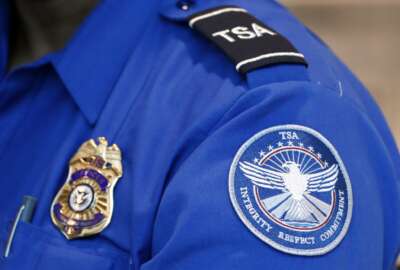15 years since 9/11 and nothing’s settled
A decade-and-a-half on, the federal government in many ways still grapples with the right response to whatever it is that besets us and the rest of the world.
Can it be, a full 15 years have passed since “the” 9/11? Nearly two, two-term administrations. I’ll be at the Nats-Phillies game Sunday, but I’ll glance up at the sky.
You can find what seems like countless 9/11 videos, but imagine the imagery available if high-def video had been as ubiquitous then as it is now. 9/11 spawned a thousand persistent theories regarding the source, perpetrators and motives behind what happened. These are also expressed in numerous, weird videos you can get lost in.
In that sense, 9/11 resembles the assassination of President John F. Kennedy on Nov. 22, 1963 — my personal earliest news memory. Nobody owned personal video equipment in those days, of course, so all we have in visual documentary is the fleeting 8 mm motion picture of Abraham Zapruder. That, too, more than a half century later, continues to be studied, enhanced, fictionalized, reinterpreted. To be honest, I never did and still don’t believe all of the bullets came from the 6th floor of the Texas School Book Depository. (The short piece of film is in the custody of the National Archives.)
But unlike the JFK assassination, 9/11 spurred a reorganization of the federal government. A new department absorbed what had been scattered agencies. Those not incorporated into Homeland Security, like the FBI, acquired new responsibilities and powers. While it didn’t reorganize, the armed services and some Defense agencies were forever changed by 9/11 as the military piece of counter-terrorism.
It might appear that passenger screening started with 9/11. But in fact, the metal detectors and X-ray machines appeared in the mid-1970s after a rash of international hijackings. The kids need to know, terrorism didn’t start on 9/11.
Trapped for a couple of days in Southaven, Mississippi after my westbound plane was grounded in Memphis, Tennessee (and all the Memphis hotels were filled), I had to write an editorial for Government Computer News on a Palm VII and a folding, external keyboard. It was primitive mobile computing, but it worked.
When I checked into the motel, the people at the desk whispered, “There’s the ‘plane guy!'” As far as I could tell, I was the only diverted passenger who was in this particular hotel, across the street from a mall with an Outback Steakhouse. But a local church group made a huge pile of lunch bags containing a ham sandwich and cookies and brought it to the hotel. People felt they had to do something. Out of respect I took one of the bags.
Only after hours of trying to retrieve my luggage, an hour in a cab line, checking in and plopping on the sofa in my motel room and turning on the TV — a 25-inch tube — did the enormity of the day sink in.
A decade-and-a-half on, the federal government in many ways still grapples with the right response to whatever it is that besets us and the rest of the world. Terror, or call it what you will, remains amorphous, shifting, ideologically-bizarre and hard to nail. But what it does in our times is real enough, in an arc from the 1972 Olympics to the latest rape or stabbing in Europe. It brings out nearly incredible dedication and competence of those serving the public. But it also exposes ineptitude and occasional venality in certain public and private bureaucracies and institutions.
We’re still debating and arguing over the U.S. response to 9/11. Somehow it animates our national donnybrook over military policy, immigration, education, policing and intelligence. Remember this, though: 2,996 people didn’t survive the day to join the debates.
Copyright © 2024 Federal News Network. All rights reserved. This website is not intended for users located within the European Economic Area.
Tom Temin is host of the Federal Drive and has been providing insight on federal technology and management issues for more than 30 years.
Follow @tteminWFED







